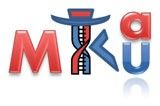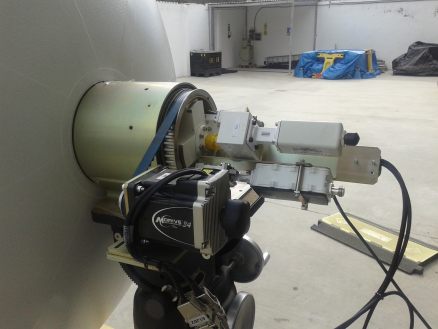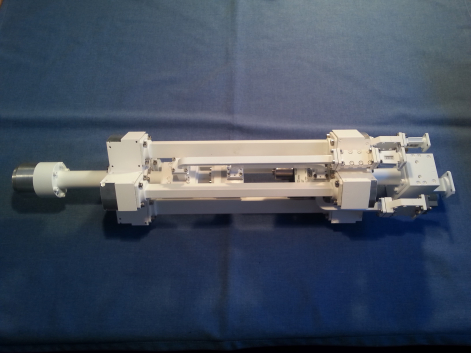
-
StatusCompleted
-
Status date2016-11-17
The MTA supports the (simultaneous) communication of any information by employing a Ku and/or a Ka Band geostationary satellite. It will have a stabilized compact lightweight architecture capable of working on these frequency ranges without the need of any manual change or handling of the system.
The MTA includes the structure, parts, elements and associated software contained within a radome. Its main subsystems are:
Optics
Feed
o Horn
o Front-end
Radiofrequency assembly
Platform
o Stabilized positioner
o Tracking control
The MTA has been designed with a maritime market in mind although it’s evident that it could be used in many more (less stringent) scenarios.
Having chosen to go for a large diameter antenna (1.35m) instead of a smaller diameter allows us to achieve better antenna patterns and gain due to reduced sub-reflector blockage; better link budgets are also obtained, which means lower power BUCs for transmission and better side lobe levels. On the contrary, the pointing at Ka-band becomes really challenging, requiring the use of a monopulse approach to overcome the stringent requirements of maritime applications. Also, shaping techniques will be applied to further improve the side lobes envelope and achieve higher efficiencies.
The MTA is designed to empower a potential user to access worldwide video, data and voice communications through any of the existing (or future generations of) Ka or Ku-band GEO satellites.
Ka-band satellites start being more commonplace though still not as wide-spread as Ku-band satellites. There are already some Ka-band early operators working on the few satellites available and news from some important satellite operators of the upcoming launch of a vast quantity of Ka-band satellites and of global worldwide coverage in a span of two to four years from now; its commercialization is an emerging market where the benefits of larger bandwidth communications (hence TX/RX speeds) have to be counterbalanced with pricing factors against the popular services, at affordable prices, delivered in the Ku-band.
In this scenario of potential usage of both bands either for the same or for selected services, the possibility of investing in a system which doesn’t have to be modified in order to operate on either band is a very interesting option. There are currently few, if any, real commercial systems which address this transitional scenario by being capable of working on both Ku-band and Ka-band, simultaneously or not.
The dual band antenna system has been divided in the following subsystems:
- Antenna Optics S/S
It is based on a compact splash plate design with a common design for the reflector and sub-reflector (Splash) for both operating bands.
- Antenna Feed S/S
The dual frequency horn (radiating element) and the Frontend assembly (the integrated unit responsible for the coupling of the Ku and Ka electrical/magnetic fields into its associated waveguides) make up this subsystem. The frontend assembly also includes the LNBs and Rx filters.
- Antenna platform S/S
A 3-axis auto-stabilized positioner (4-axis including the linear polarisation at Ku Band) is conceived to counteract sea movements.An inertial measurement Unit integrated or external to the positioner provides pitch and roll information to a tracking control assembly which uses this info to aim the antenna to the satellite boresight.
A second control loop based in a RF auto-tracking is continuously supervising that the level received from the satellite is maintained at a maximum.
- Radiofrequency S/S
This assembly is made up of the two Block Up Converters (BUCs) needed to cover the transmission in both operating bands. Each BUC implements both the frequency conversion to the desired band and the power amplification to satisfy the EIRP needs. The two BUCs composing the S/S are third party COTS elements. The Ku Tx filter is also included here.

MTA intends to cover a market niche by developing state of the art technology.
MTA will allow the (naval) mobile end-users to use both Ku and Ka services indistinctly without the need of modifying the payload of the antenna itself in order to switch operating bands.
MTA will allow a customer to leverage their investments in satellite technology by currently operating at low price broadly available Ku-band services while still retaining the ability of transitioning to future Ka-band services without further investments and go back and forth between both types of services around the globe whilst Ka-band services become widely spread.
The project has been successfully finalized.






